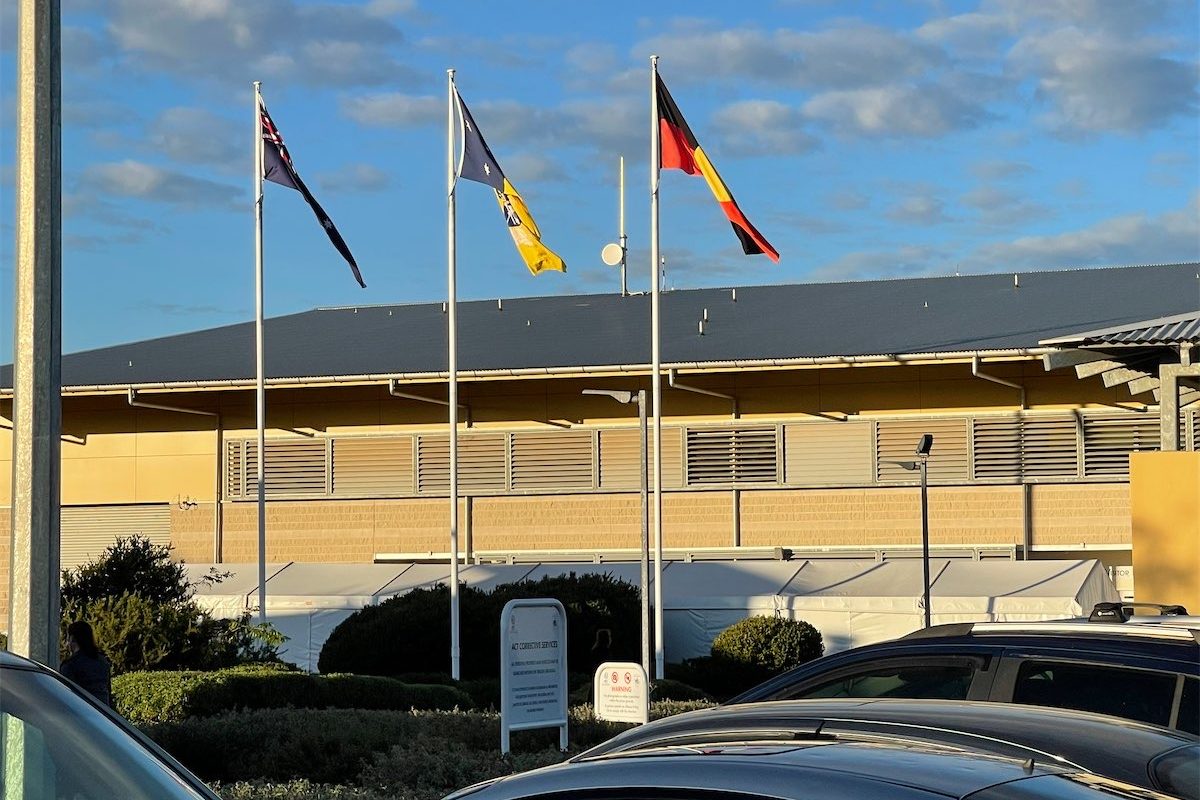
“Apartments, townhouses and flats at present only provide 28 per cent of Australia’s housing stock, but the percentage is increasing and the case for high-quality apartment buildings is compelling in our larger cities,” writes PAUL KAUFFMAN.
THERE are challenges for a high-immigration country to ensure all its citizens have reasonable access to adequate housing, but Singapore has overcome those challenges.

Singapore has two strategies that could help many Australians if adopted in whole or in part by governments in Australia.
Since 1960 the Singapore Housing Development Board (HDB) has built numerous apartments linked to the city’s mass transport system, in towns providing supermarkets, local shops, health clinics, community centres, local libraries and playgrounds.
Over time, the HDB has improved apartment quality. Many now are green buildings with vertical gardens. The median size of apartments is 100 square metres.
Singapore has built up, not out, because it is a small island and apartments provide an efficient means of housing many people.
Apartments, townhouses and flats at present only provide 28 per cent of Australia’s housing stock, but the percentage is increasing and the case for high-quality apartment buildings is compelling in our larger cities.
Singapore’s second housing strategy was established by its founding prime minister Lee Kuan Yew. He saw home ownership as a key pillar of a strong society.
Home or apartment ownership grew from 29 per cent in 1970 to 93 per cent in 2001 and has since remained about 90 per cent, the highest in the world for a high-immigration country. More than 90 per cent of HDB housing is sold to home occupiers. There are large discounts for citizens, calibrated to an income test, and low-interest loans. You have to be a couple or a family aged 21 or over, or a single person aged over 34.
If you do not live as a resident in your home for the first five years, the substantial discount has to be repaid to the HDB.
In Australia, the home-ownership rate increased from 50 per cent to 71 per cent between 1946 and 1966 when Commonwealth and state governments provided low-interest loans and constructed housing for first-time home owners.
In the UK, home ownership increased from 55 per cent to 67 per cent between 1980 and 1990, by selling off council housing, some of it in poor condition, at a 20 per cent discount, to the tenants living in that housing. This was not simple philanthropy, because the cost of repairs and maintenance, and management of rental housing is high.
A study undertaken by the Australian Housing and Urban Research Institute (AHURI) in August, 2021, found that building a two or three-bedroom apartment in Canberra costs between $330,000 and $560,000, and if owned by social housing there is an ongoing annual subsidy of about $46,000 for each unit in the community sector, and $56,000 in the government sector, to cover repairs, maintenance, rates, depreciation and management, less rent collected.
Governments in Australia may not wish to construct housing themselves, but they could partner more with private developers and ensure high-quality control on those developments.
If there are few options for people on a low income to purchase all or part of their dwelling immediately, it is desirable that the buildings are of a high quality and energy efficiency, because at some future time a state or Australian government, may wish to sell those apartments to the residents and the residents may wish to buy them.
Dr Paul Kauffman formerly administered a national concessional home ownership and housing grants scheme for 12 years.
Who can be trusted?
In a world of spin and confusion, there’s never been a more important time to support independent journalism in Canberra.
If you trust our work online and want to enforce the power of independent voices, I invite you to make a small contribution.
Every dollar of support is invested back into our journalism to help keep citynews.com.au strong and free.
Thank you,
Ian Meikle, editor





Leave a Reply